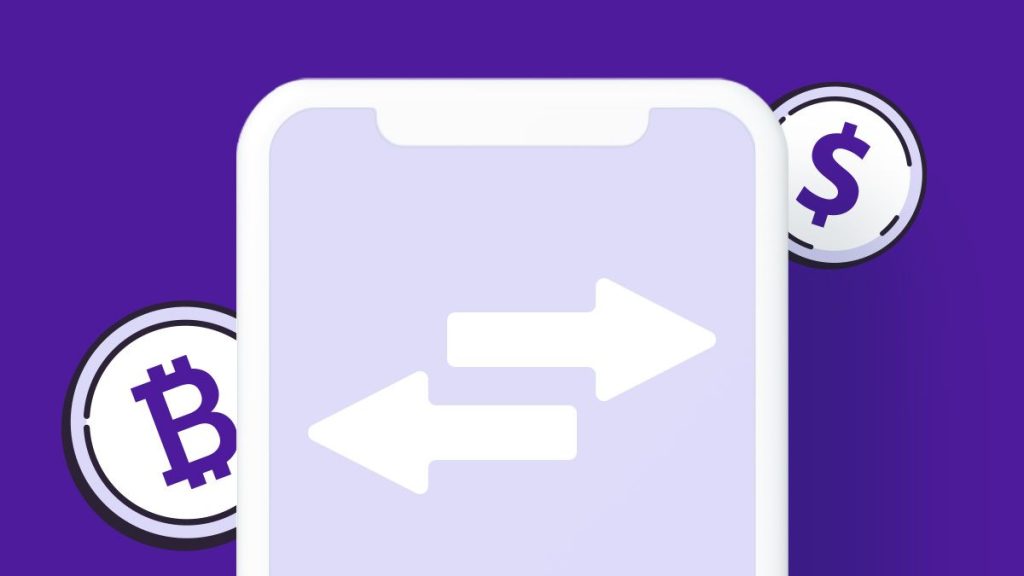If you’ve done any research into blockchain technology, you’ve probably seen the words “transaction fees” popping up all over the place. But what exactly are transaction fees? Why do they exist, and how much can you expect to pay on a given cryptocurrency network?
Two core pillars in blockchain are security and immutability. After all, the technology was created to underpin the world’s first cryptocurrency, bitcoin. Security challenges require validators (miners) to use resources (hash power) to keep the network aligned. Low fees may appear to be a good thing in this instance. But they also mean anyone can add transactions — even spam transactions — to the network with minimal costs. Transaction fees are a way for the miners and validators to get paid. While they might sometimes seem like voodoo magic to the layman, when under the hood, these fees are critical for the survival of the networks.
Miners do the work of validating transactions and adding them to the blockchain using powerful computers that make up the network. Miners spend large amounts of computing power, electricity, and energy to validate transactions for the block reward, and it is not free. Miners are rewarded for their efforts, with both the block reward and the fee income divided among miner pools. A blockchain transaction is only considered official once it has been verified by a number of miners. Mining is an essential part of a cryptocurrency’s ecosystem, as it allows transactions to be validated and recorded on the blockchain.
Right now, the market is competitive: some users are willing to pay more than others to get their transactions included in the next block. The mempool will contain a number of transactions waiting to be mined, ordered by their fees. This explains the fluctuations in fees you see on transactions: as transaction volume increases, more bids raise the equilibrium fee, and then decreases again once there is less competition.
There is no one-size-fits-all approach to transaction fees. As such, we encourage all users to do their research before sending transactions with multiple outputs in order to avoid paying more than they absolutely must. By learning more about how crypto transaction fees work, you’ll become a more informed consumer when it comes to using AscendEX’s services.
When it comes down to it, transaction fees are the lifeblood of blockchain networks. If a fee is too high, the network will not be sustainable. Investors won’t put their money in, and users won’t be as likely to use the currency in question. The ideal fee should be as low as possible on each blockchain network, but also high enough to keep miners happy — all this must be balanced and managed at each individual cryptocurrency.
Discover More
 Sorry, we can't come up with anything for your search. Please try another term.
Sorry, we can't come up with anything for your search. Please try another term.
 Back to All Posts
Back to All Posts









